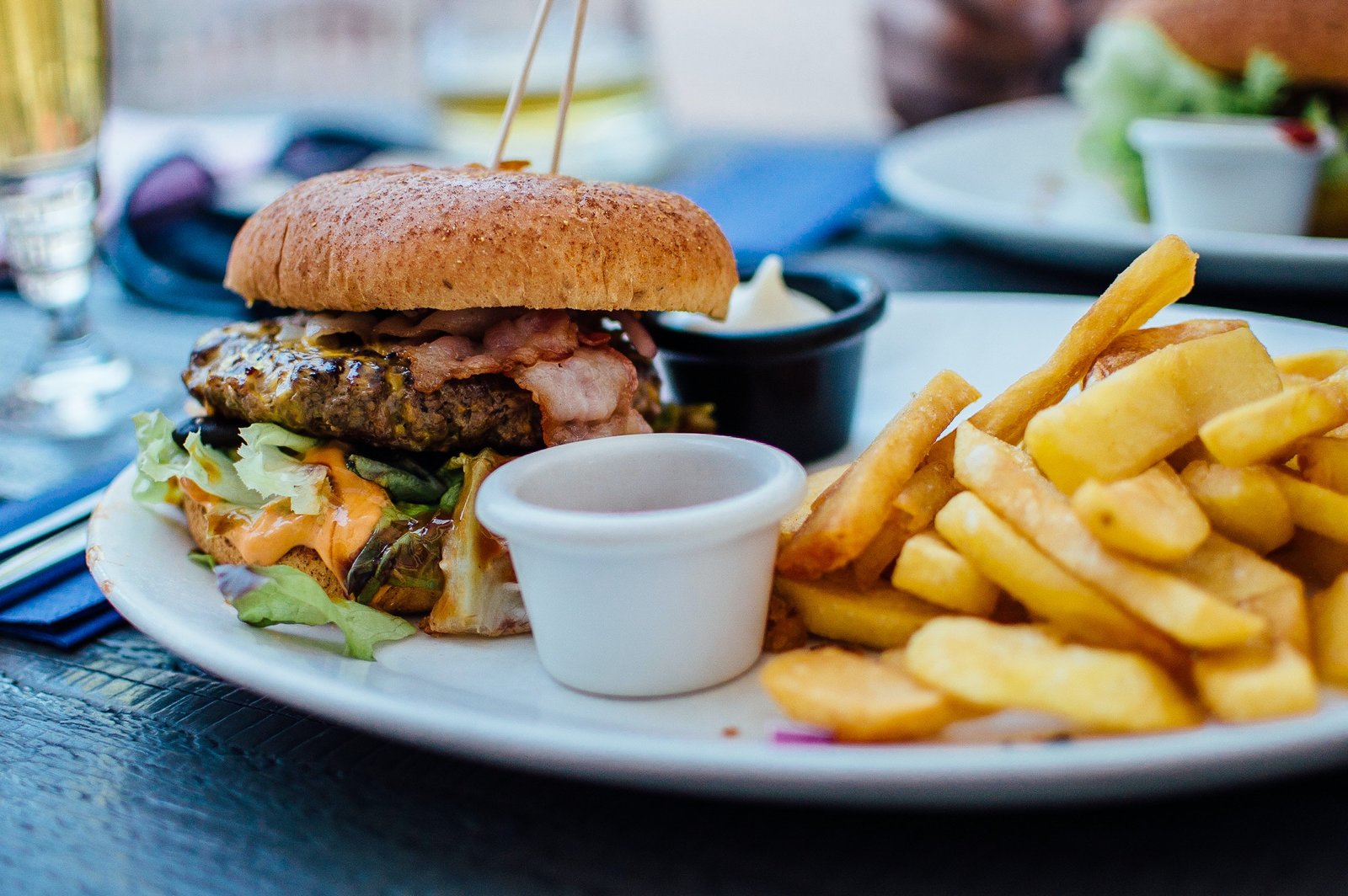
Brian Wansink’s “Mindless Eating: Why We Eat More Than We Think” is a breath of fresh air in a world dominated by fad diets, calorie counting, and a never-ending search for the elusive “perfect body.”
Brian takes us on a fascinating journey into the core of our relationship with food in his ground-breaking investigation of the unseen variables that influence our eating patterns.
It’s a voyage that reveals our mental peculiarities, taste buds’ prejudices, and the unseen forces that push us to the next bite.
Not just another diet book, “Mindless Eating” explores the psychology of eating and demonstrates the significant influence our environment, culture, and daily choices have on our weight.
Wansink, a seasoned consumer behaviour researcher, offers a mouthwatering variety of insights into why we eat the things we do, typically without even realising it.
This book is a ground-breaking investigation of the unspoken elements that affect our eating behaviours and contribute to overeating.
Wansink makes a strong case that most of our food choices are not conscious choices but rather are influenced by environmental factors, social conventions, and cognitive biases.
He introduces the idea of “mindless eating,” which describes how we choose our meals without giving them any attention.
This thoughtless eating takes place in a variety of places, including our homes, dining establishments, and even grocery stores.
Wansink explores the different ways that our environment, psychology, and social relationships influence how we eat throughout the course of the book.
These are some of the book’s most important lessons:
1. The Mindless Margin

Wansink introduces the concept of the “mindless margin,” which is used to describe the gradual alterations in our eating patterns that can have a big impact on our weight.
We can gain or lose weight covertly by making small alterations, including reducing portion sizes.
By being aware of this margin, he contends, we can make tiny adjustments to our surroundings and behaviours to encourage better eating.
2. The Influence of Food Labels and Packaging
The book examines how food labels and packaging can influence how we perceive and use food. Larger package sizes, for instance, may encourage us to consume more, and deceptive labelling may persuade us to believe that a product is healthier than it actually is. Wansink encourages readers to take note of these indications and make more thoughtful decisions.
3. The Power of Convenience and Visibility

Wansink examines how the availability of food and its visibility in our surroundings can have a significant impact on how we eat.
We are more inclined to choose healthy foods if they are readily available and prominently presented.
On the other hand, the accessibility of harmful processed meals may result in thoughtless overeating.
4. The Social Aspects of Eating

The book highlights how our eating behaviours are influenced by our social relationships.
When we eat out with others, especially in larger groups, we tend to consume more.
The people we eat with can also influence the foods we choose.
Wansink offers advice on how to make better decisions whether dining out or merely socialising with friends.
5. Mindless Eating Solutions
Wansink proposes solutions to counteract thoughtless eating.
These include eating without interruptions, using smaller plates and utensils, being aware of portion amounts, and managing your dining environment.
He urges us to become conscious of our own eating patterns and to make small adjustments that can result in healthier decisions.
6. The “Smarter Lunchroom” Movement

Wansink introduces the “Smarter Lunchroom” movement, which brings the concepts of mindless eating to school cafeterias.
Schools can encourage kids to choose healthier foods by making modest adjustments to their menus.
7. The Importance of Self-Knowledge
Wansink emphasises the significance of having a self-awareness of our eating behaviours.
We can control how much and what we eat by becoming more aware of our eating habits as well as the external factors that affect them.
Summary

In “Mindless Eating,” Brian Wansink blends academic study with helpful suggestions to assist readers in comprehending and altering their eating habits.
In order to make better decisions and keep a healthy weight, he advises readers to approach their relationship with food with mindfulness and to use the information in the book.
The book is a fascinating investigation into the psychology of our eating behaviours and is a great tool for anyone trying to improve the way they think about food and nutrition.
Consumers can take charge of their diets and make decisions that improve their health and well-being by becoming more aware of the mindless eating temptations that are all around us.
This review provides a general overview of the book’s main ideas, but reading the whole book is recommended to gain a better understanding and full benefit from the book’s helpful advice.
Get access to this book for 100% free
